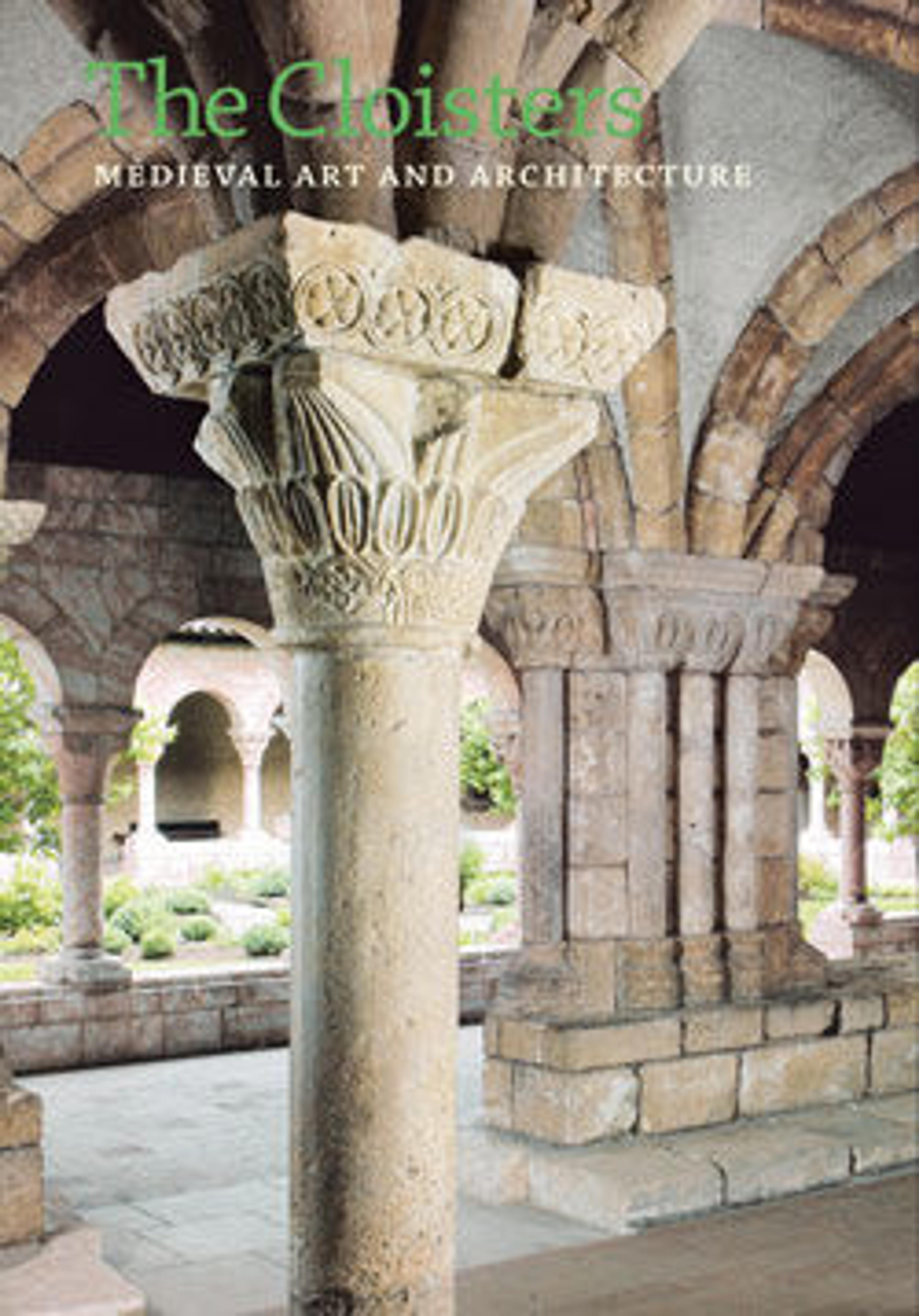Quatrefoil Roundel with Arms and Secular Scenes
In the center of this panel are the imperial arms of Austria. The scenes in the quatrefoil represent a variety of secular vignettes. These scenes may signify a tournament masquerade of the type held in Nuremberg before Lent, which would explain the presence of fools, feasts, and lovers. Such imagery was understood as social satire in late medieval art. The number of similar quatrefoil panels that have survived suggests considerable popularity. The origin of the designs is uncertain, but many copies and variations were made in several Nuremberg, workshops, including that of Albrecht Dürer.
Artwork Details
- Title: Quatrefoil Roundel with Arms and Secular Scenes
- Date: 1490–1500
- Geography: Made in Nuremberg, Germany
- Culture: German
- Medium: Pot-metal glass, white glass, vitreous paint, and silver stain
- Dimensions: Diam: 12 1/4 in. (31.1 cm)
- Classification: Glass-Stained
- Credit Line: Samuel P. Avery Memorial Fund, 1911
- Object Number: 11.120.2
- Curatorial Department: Medieval Art and The Cloisters
More Artwork
Research Resources
The Met provides unparalleled resources for research and welcomes an international community of students and scholars. The Met's Open Access API is where creators and researchers can connect to the The Met collection. Open Access data and public domain images are available for unrestricted commercial and noncommercial use without permission or fee.
To request images under copyright and other restrictions, please use this Image Request form.
Feedback
We continue to research and examine historical and cultural context for objects in The Met collection. If you have comments or questions about this object record, please contact us using the form below. The Museum looks forward to receiving your comments.
